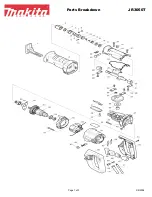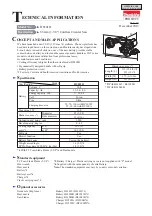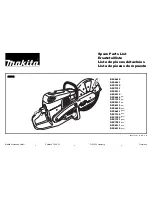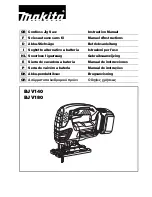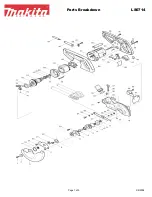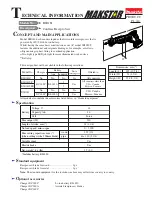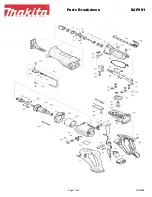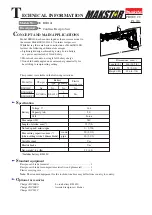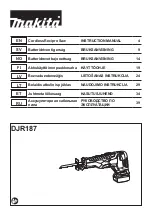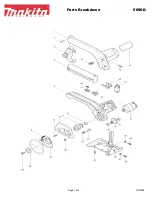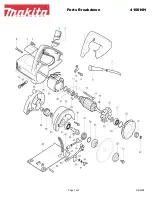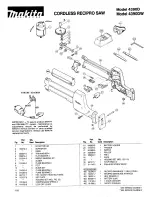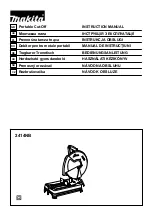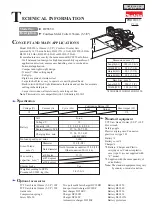
Operator’s manual Pentruder
®
3P8 HF-wire saw and Pentpak - Original instructions
35
WARNING
!
•
The wire can break at any time, and it is rather impossible to predict when it
will break. When it breaks, it will most likely be in the worst possible way, and
a bead may be torn off the core wire and thrown off the wire trajectory at
enormous speed.
•
When the wire breaks, the wire speed will most likely be much higher than the
wire speed used when cutting, as it is compounded by the whip lash effect and
can reach speeds over 100 m/second. Such a “bead bullet” can kill anyone that
is hit by this bullet, so all possible safety precautions must be taken to prevent
a bead from flying freely around in the air.
•
All guards must be fitted on the machine and properly locked while it is running
and the wire must be protected by deflectors over its whole free length, as well
and to the cut object.
•
Do no use a too high power setting on the RH potentiometer when cutting small
objects. This means high wire wear and risk for premature wire joint failure.
!
Important!
•
The motor will be switched off automatically when the motor winding
temperature is over 140°C (284°F). The coolant water should then be left
running through the power pack and HF motor to avoid terminal overheating.
•
If the water is turned off after the motor has been switched off automatically,
and when the warning light is on, terminal damage to the motor windings may
occur.
Note!
Pay attention to water flowing to the wire. If dry smoke appears the wire can
overheat and may be damaged after a short while. Readjust the hoses and / or
increase water flow. Use soft garden hose and press the free end into the cut
grove. Use as many hoses as possible to cool and clean the wire. A good flow of
water to the wire is needed for most plastic or rubber injected wires to make them
last and feel well.
Removal of concrete containing contaminated or hazardous materials may require containment of the cooling
water.
Experience from running different types of wires, in different types of aggregate, steel, rock, or whatever you
are cutting, will be very helpful to achieve good results. If you knew everything from the start it would be easy
but less fun!
When a deep section is to be cut, most often pilot holes must be drilled. The pilot holes must then be aligned
so that the cutting planes will be tapered, or the block will bind and cannot be removed.




























